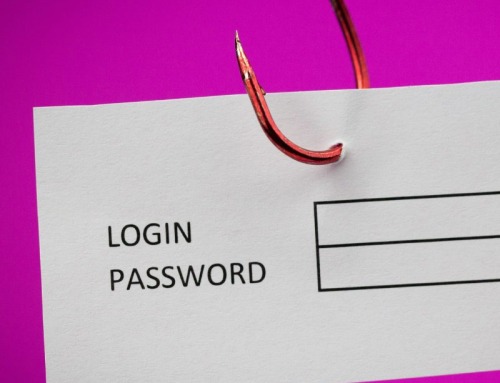Many of us are aware of a two unique company characteristics, their separate legal persons status and their limited liability. However, there are situations where the court will “lift the corporate veil”, which in turn, holds a director personally liable for breaches of their duties and obligations under the Corporation Act 2001 (Cth). This lifting commonly occurs where a company continues to trade even though it is insolvent. As such, we will be running through the essential qualities of insolvency, why directors must ensure no insolvent trading happens, and what may be done if allegations are made for such a breach.
What are Company Directors and How Must They Act?
First, it is important to note that a director is not simply a person appointed to that role, they may also be someone who acts informally through performing similar tasks. Indeed, a director’s primary duty is to the company’s shareholders, yet there are other duties and obligations that must be fulfilled. Where any issues arise that infringe these duties, liability is shown not only through a direct breach but also by demonstrating that the director acted in a way that a reasonable person would not in their directorial position. This ensures that a director cannot escape liability through ignorance or turning a blind eye to company issues. Essentially, the law holds that a reasonable director should know when a company is in strife, and further, they should step in when problems arise .
Solving for Insolvency
One of the most essential aims of a business is to ensure it is solvent, or in other words, is able to pay all its debts when they are due and payable. A company is deemed insolvent when it is unable to pay its debt. Generally, looking to a company’s assets and liabilities, operating profits, and payment timeframes to suppliers and creditors, are indicators of solvency or insolvency. The case of ASIC v Plymin [2003] VSC 123 also presents an invaluable list of insolvency indicators. Some of these include:
- Continuing losses;
- Liquidity ratios below one;
- Inability to raise further equity capital;
- Creditors being unpaid outside trading terms; and/or
- An inability to produce timely and accurate financial information to display the company’s trading performance and financial position.
The Ramifications for Insolvent Trading
The Corporations Act outlines the consequences of insolvent trading, and it is evident from the penalties that the law regards these practices as quite serious. Where directors are found liable, civil penalties can include monetary fines up to $200,000. Criminal charges can also be imposed if the insolvent trading is done through dishonesty, that is, the director knows a company is insolvent and continues to lie about its ability when making new commitments to suppliers and creditors. Criminal charges come with fines of up to $440,000 and/or up to fifteen years in prison. Lastly, the Australian Securities and Investment Commission (ASIC) may initiate compensation proceedings to compensate out-of-pocket creditors. There are no limits to the compensation orders that can be made.
Defences and What to do Next?
Sometimes, after lifting the corporate veil, the courts may be satisfied that a director’s actions can be explained or be defended. These may include that there were reasonable grounds for believing a company was solvent, that the director had sufficient reasons to not take part in the management of the company’s affairs at that time, or that the director took all reasonable steps to stop incurring debt. If you find yourself in circumstances where you, or a director you know, are faced with an allegation about insolvent trading our dedicated commercial team at WMD Law can provide advice and help in drawing up documents to support your claim or defence. So, please do not hesitate to contact our team on 9525 8688 or email wmd@wmdlaw.com.au






